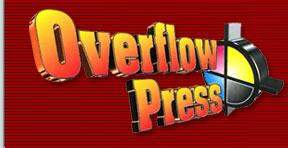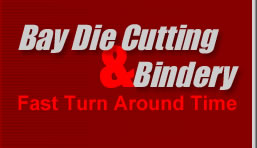|
Printing is a short run manufacturing
process. On short runs, more time is spent
in preparation and setting the equipment for
a particular job than in actually running
it. This ratio of set-up time to production
time raises the unit cost of short runs.
Conversely, it lowers the unit cost of
longer runs.
Typical printing speeds are 5,000 per hour
or higher. An order for 1,000 letterheads
takes 2/10 hour or 12 minutes to actually
print, including loading the paper into the
press and unloading it. If, for example, it
is a two-color letterhead, it may take 5/10
hour to load the correct ink colors, mount
and adjust two plates, and get the feed set
up for the particular paper to be run. It
takes another 2/10 hour to clean the press
for the next job. So out of 9/10 hour spent
producing a two-color letterhead, only 2/10
hour or 22% of the total production time is
spent actually printing the letterhead.
If the order were doubled, you would be
paying for just the additional running time
and stock for the additional 500
letterheads. 5,000 letterheads takes only an
hour printing, plus the 5/10 set-up and 2/10
wash-up, for a total of 1-7/10 hours.
That's why price per thousand falls fast.
Naturally, we're not suggesting that you buy
more than you'll ever need or more than you
can budget. We do suggest that on everyday
items which have a very low chance of change
you:
A) Look at your invoices and find items that
are bought more frequently than every 3 to 6
months.
B) Request a new quote for the same quantity
as the last order and for a 6 month supply.
C) Compare the savings. Is there space for
storage at those savings? Is there money to
buy now? Is the likelihood of change low? Is
the need likely to continue?
If the answers are favorable, you can save
by planning ahead. If you would like to
analyze your business printing requirements,
give us a call.
Return to the top
|


